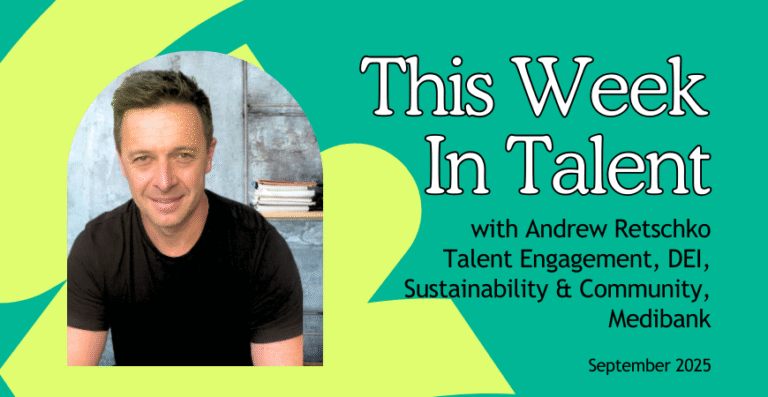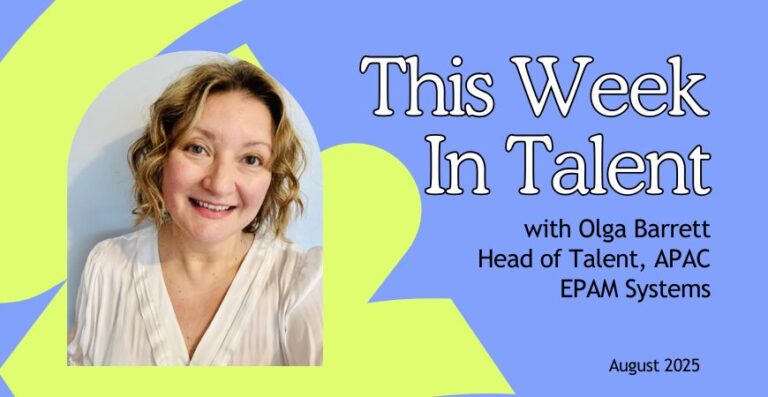This Week in Talent I’m bringing you my predictions for 2025
I no doubt predict that all HR practitioners reading this article are officially in the last big push to the finish line in another busy and complex year. Last minute roles to be finalised and time critical pieces of work being completed before the Christmas break. It’s a big last push (and a well-deserved break at the end to recharge those batteries), yet to sign off in my first guest editor gig, what should you be focusing on for 2025?
Well, I’ll let you know this week and next week as we all get ready to switch our out of offices on…
Do you feel a tremor?
2024 has been anything but quiet for a HR practitioner in all sectors. From the continued impact of political and economic uncertainties to larger structural shifts in the workforce, this year has tested the adaptability and resilience of organisations globally. The cost-of-living crisis, remote work shifts back to the office, AI moving at a rapid pace and the constant need to ensure your EVP offering moves with these changes. In edition to all this, I predict we are facing a skill quake!
The pace of change across every industry is moving so fast! Think about your own organisations–how many of your critical skills from five years ago have either evolved or become completely obsolete? As HR professionals, we’re not just facing a skills gap—we’re facing a skills quake. Research from the World Economic Forum indicates that:
- 50% of core skills to change by 2026
- 50% employees will need reskilling by 2025
Time to clean those lenses
From an EVP refresh lens, Learning and development (L&D) is the #2 most influential driver of engagement, and the #1 reason an employee decides to leave or join an organisation based on data from Culture Amp. However, many peers in the sector that I have spoken to indicate improving their current L&D offering is a priority to focus on. For us at Globird, we wanted to get ahead of this in 2024 and ensure our L&D offering was moving with this skill quake.
Our task: Our employees had told us that while our Engagement rates were high, the biggest gap was they were still unclear what career paths were available at Globird. Continuing to drive a high-performance culture was a priority for us, and we identified that introducing competency-based development plans was the solution to this problem.
What is this concept of competency based development, you may ask?
Think of it this way: A skill is a specific, tactical ability that someone can develop. A competency is broader and encompasses levels of proficiency across a range of skills. For example, “copywriting” is a skill, while “strategic communication” is a competency. Competency-based development is an approach to employee development that focuses on the competencies employees need to succeed in a particular role and grow here at Globird.
There’s so much more to unpack! EVP, competency based development plans, and tech to support all this. Read more next week for part 2 of my predictions.
Articles that caught my attention this week:
The next agenda for Human Resources
What’s so? So what? Now what? Dave Ulrich shares some great insights in what to consider for our sector.
What if they’re faking it?
Futurist Kevin Wheeler gives us some insights on how to adapt to AI-Generated Applications.
Webinar playback: transforming to a skills based organisation
Watch Matt Collins, Asia Pacific Vice President, Beamery, Claudine Shacklock, Head of Employer Branding, Grab and Gareth Flynn, Managing Director, TQSolutions, discuss all things transforming to a skills based organisation.







